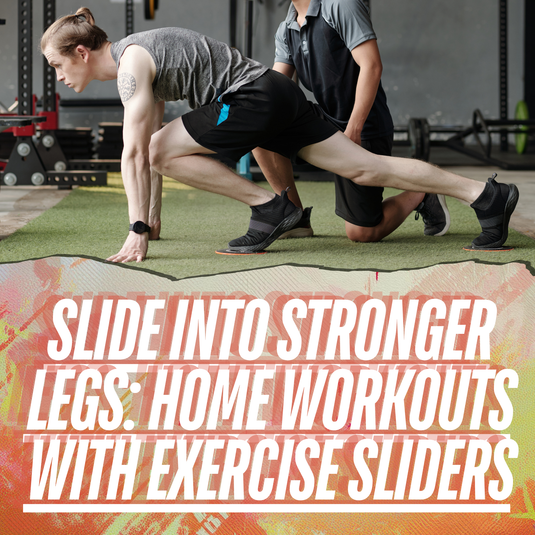Can't Do a Pullup? Try This Modified Pullup!

⏱️ Estimated Read Time: 6 minutes
🧠 TL;DR
- Can't Do a Pullup? Try This Modified Pullup! offers effective, accessible movements for targeted results.
- This guide is designed to help you move smarter, build strength, and stay consistent.
✍️ Summary
This post explores can't do a pullup? try this modified pullup! in a way that’s actionable and easy to follow. Whether you're new to this style of training or leveling up, it includes practical takeaways for your routine.
📚 Table of Contents
Workout Tips
To get the most out of your workouts, it's important to mix up your routine. Incorporate different exercises like push-ups, squats, and planks to target various muscle groups. Additionally, try modified pull ups or pull ups from the floor to add variety and challenge.
Why Choose Our Equipment?
Our fitness equipment is designed with quality and durability in mind. From gym mats to barbells, we provide everything you need for a comprehensive home workout experience. Our gym mats are perfect for exercises like pull up lying down, ensuring comfort and safety.
What Are Lying Pull-Ups?
Lying pull-ups, or inverted rows, are a bodyweight exercise where you pull yourself up to a bar from a horizontal position. This movement targets multiple muscle groups, making it an all-encompassing workout for the upper body. By adjusting the difficulty through bar height or body positioning, it caters to all fitness levels, from beginners to advanced athletes.
The purpose of this movement is for those who do not have access to a pull up bar or perhaps cannot do a pull up. It is designed to utilize just your bodyweight in having a similar effect. You can use the lying modified pull up to build strength to try an assisted pull up and then a pull up.
Muscles Worked During Lying Pull-Ups
This exercise primarily engages the back muscles, including the latissimus dorsi, rhomboids, and traps, while also working the biceps, forearms, and shoulders. The movement promotes scapular retraction and depression, key for shoulder health and posture improvement. Incorporating lying pull-ups into your routine ensures a balanced development of the upper body.
How to do Lying Pull ups?
- Perform this movement by lying flat on your back with your feet on the floor, knees above you and your elbows at 45 degree angles from your torso. Your shoulders should be down and press back against the floor.
- You will engage your scapula or shoulder blades by squeezing your shoulders down towards your hips and squeezing your shoulders back together. This should puff out your chest. While doing this, you will drive your elbows into the ground.
- If you have enough strength, then your torso will raise up off the ground. It will also hyper engage your abs, but also your rear delts, upper back muscles and lats. These are the same exact muscles used in a pull up.
- Keep your core tight and flexed the entire time. When you reach about a 45 degree angle with your back of the floor, lower yourself back towards the ground while maintaining tension throughout your body.
- Lower your body until the back of your arms are laying against the ground again, then drive yourself back up in the same way.
Helpful Resources
Want more guidance? Check out our Weekly Dumbbell Workout #1.
📝 FAQs
How often should I do these exercises? +
2–3 times per week is a good starting point for most people.
Do I need equipment? +
Many of these can be done with just your bodyweight or a single kettlebell or dumbbell.
Can beginners do these routines? +
Yes! These movements are designed to scale with your fitness level.










